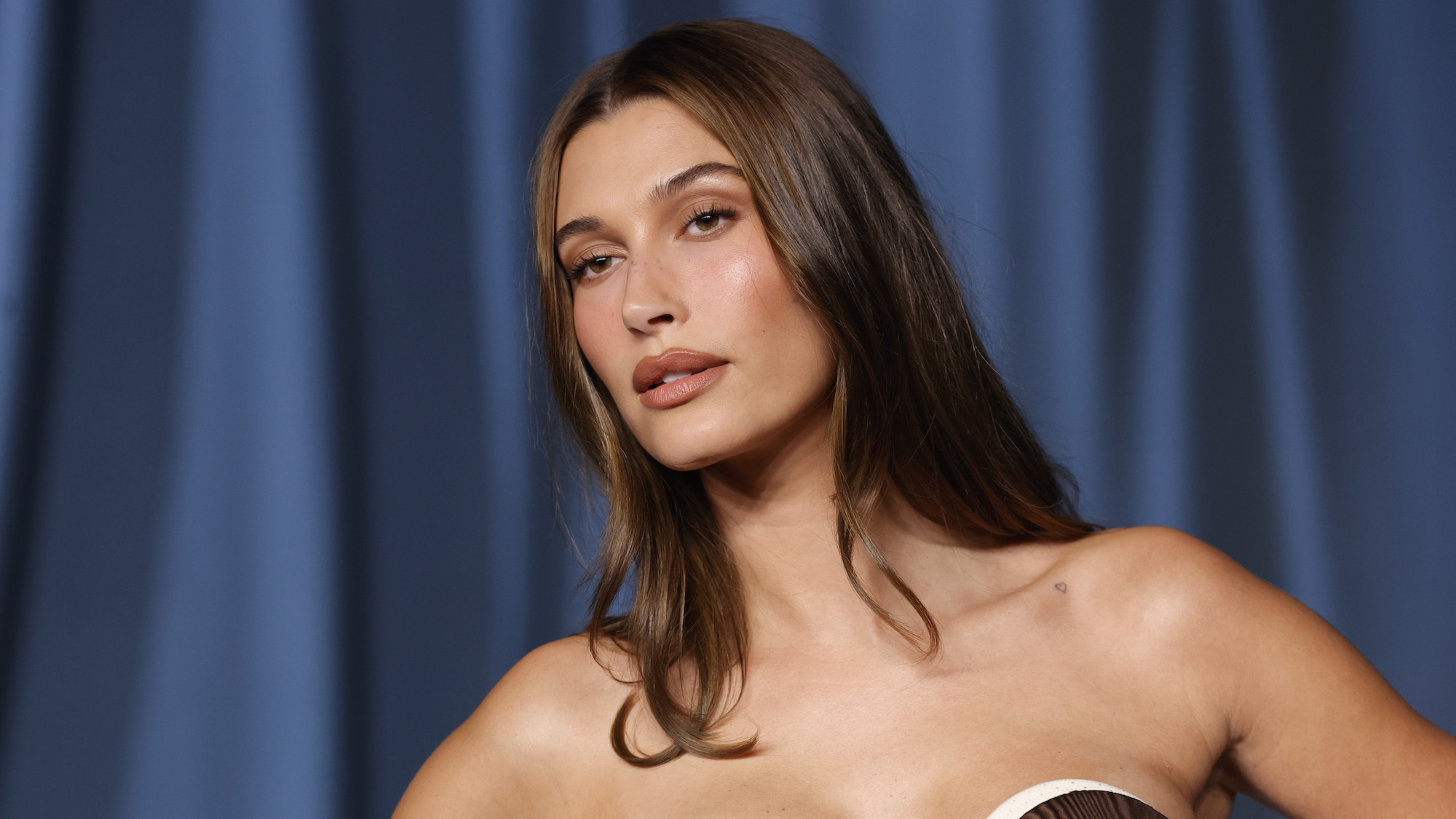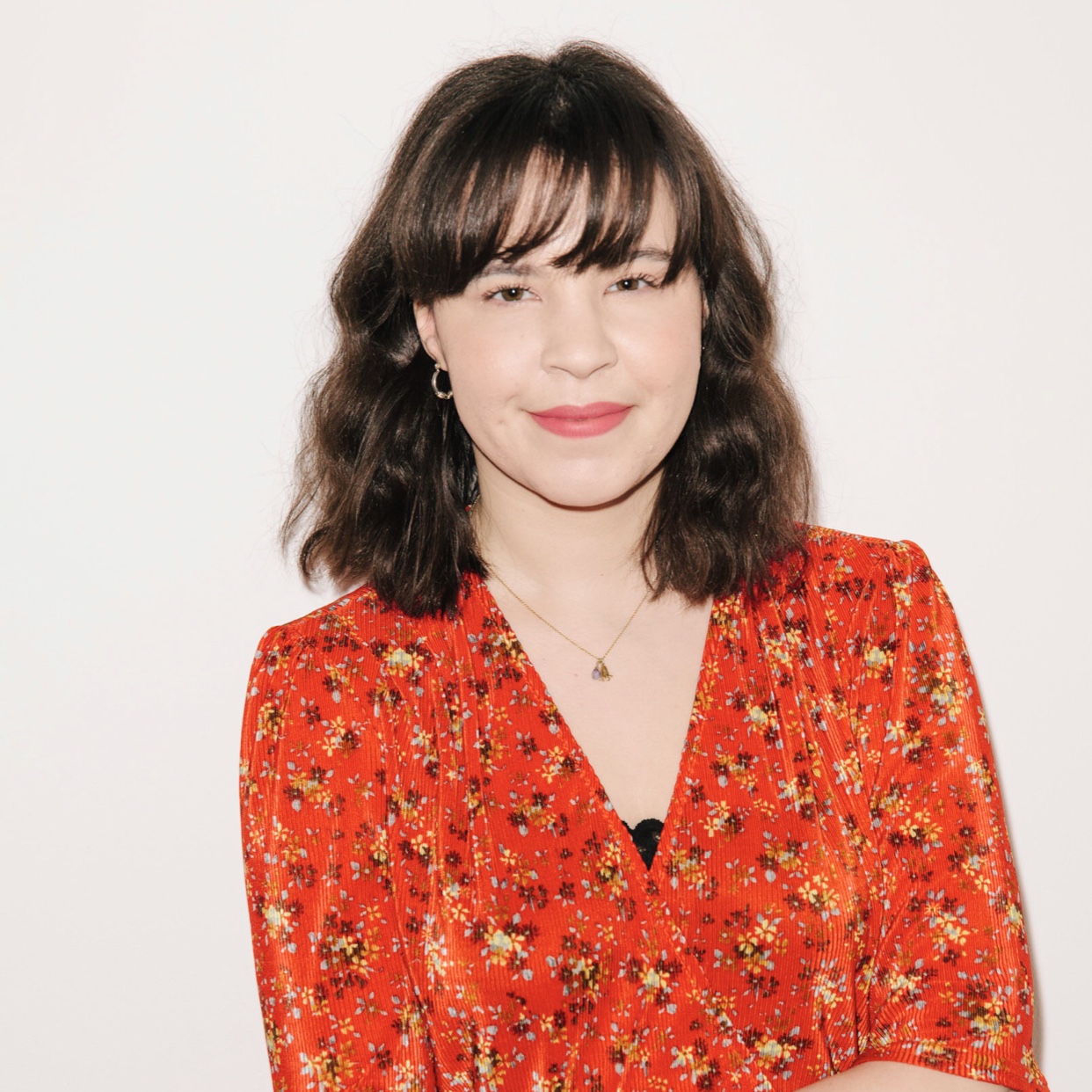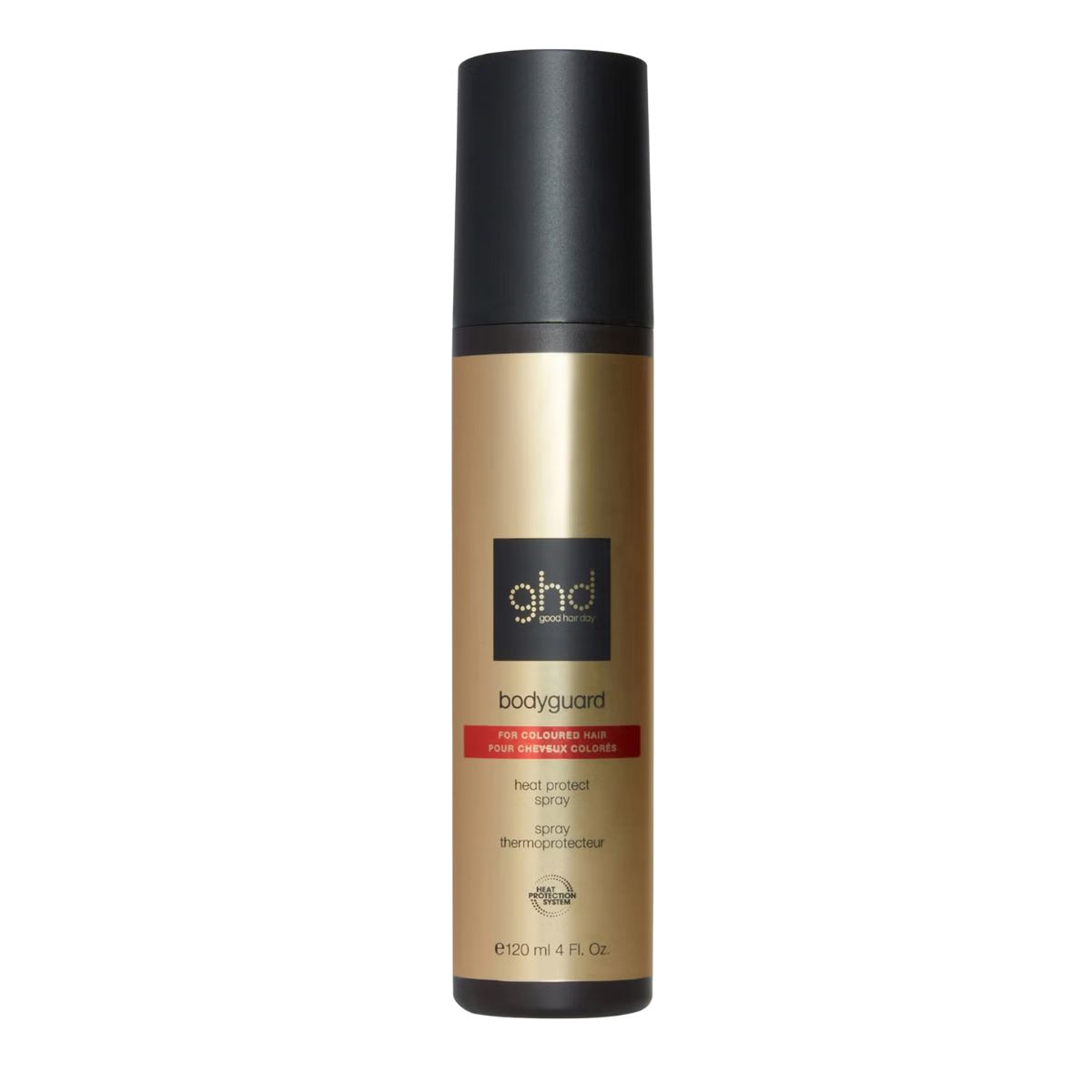Heading To The Salon? Colour Melting Is The Most Natural Way to Elevate Your Hair Colour for Winter
Low-maintenance luxury


Now that the nights are drawing in and the cold weather is upon us, those who love switching up their hair colour with the seasons might be wondering what the trending tones will be for winter. This year, however, it’s less about one viral shade (like deep burgundy) and more about one specific technique that colourists are raving about. Enter: colour melting. Unlike balayage or highlights, which use ribbons of colour and defined points of contrast to add brightness and depth, colour melting takes a more diffused approach to hair colour for a more effortless and luxurious result. Trust us—it’s what everyone is going to be asking for in salons as we head into 2026.
A post shared by Mary Phillips (@maryphillips)
A photo posted by on
What is Colour Melting?
“Colour melting creates a seamless blend from one tone to the next, with no visible lines or obvious colour marks. It’s so smooth that it could actually be mistaken for your natural hair,” explains Nicole Kahlani, concept colourist at Hershesons Fitzrovia. The difference between more popular colour techniques like balayage or highlights is that colour melting is less about creating contrast and instead tends to use a “global application”, which is where colour is applied all over the head rather than just in certain sections, to make sure that “every shade flows effortlessly into the next”. The result is exactly as the name suggests—a melting between colours for a soft, understated and effortlessly natural look.
This also means that colour melting is an incredibly versatile technique that works well with all hair tones—coppers, blondes, reds and brunettes. “All shades work with hair melting, but you do need to use at least three colours to create that blend,” explains Siobhan Haug, colour specialist and Co-Founder of Haug London Haus. “In fact, the funny thing is that the more colour you put in, the more natural the gradient appears. The less you do, the more contrast that is created.”
If you’re heading into a salon then, good news, Haug explains that “colour melt is universal language with colourists” so they’ll know exactly what kind of finish you’re after—that subtle and seamless blend. “However, if you only want to cover grey hairs or just blend them in, then let them know, as it will affect the type of base colour that they use,” Haug says. Most pros will use a permanent base colour for full coverage, rich look, but if you just want some blending then a demi will suffice.
Colour Melting Inspiration
A post shared by Christian Wood (@cwoodhair)
A photo posted by on
Jodie Comer's toasted blonde is as blended as melted butter for this beautifully lived-in look.
A post shared by Mia Goth | Fan Page (@miagoth_)
A photo posted by on
Kahlani rates Mia Goth's current brunette shades as the perfect example of colour melting—"seamlessly blended, all-over colour with no visible stripes or harsh demarcations," she explains.
A post shared by Nina Park (@ninapark)
A photo posted by on
Sadie Sink's trademark red hair is smooth, shiny and full of life.
Celebrity news, beauty, fashion advice, and fascinating features, delivered straight to your inbox!
A post shared by o l i v i a (@oliviamunn)
A photo posted by on
This liquid brunette colour modelled by Olivia Munn looks so expensive.
A post shared by Danielle Priano (@daniellepriano)
A photo posted by on
A nod to the end of the summer, Rosie Huntington-Whiteley's sunkissed blonde is multi-dimensional while still looking natural.
How to Maintain Your Colour Melt
The real beauty of colour melting is that it’s an extremely low-maintenance technique thanks to how much work goes into creating that natural-looking blend. “A root touch-up and tone every eight to ten weeks is more than enough to restore shine, neutralise brassy tones and cover any greys or natural hair colour that you want to blend,” says Haug.
And looking after it at home is straightforward too. “Use a gentle, colour-safe shampoo and always apply a heat protectant before styling to guard against fading and damage,” explains Kahlani. To show off that expertly-created colour melt, Kahlani also advises opting for “shine-enhancing creams or serums to ensure your colour looks vibrant and naturally radiant”.

Mica Ricketts is a freelance beauty editor and contributor to Marie Claire. She has written for titles including Refinery29 and Who What Wear UK, and also works with beauty brands on content messaging and marketing copy. She was previously Who What Wear UK's beauty editor. As someone that has tried basically every acne product on the market, she has a particular passion for debunking skincare myths and finding products that work. Plus, with two small children at home she is all about time-saving beauty routines that boost glow and disguise dark circles.


